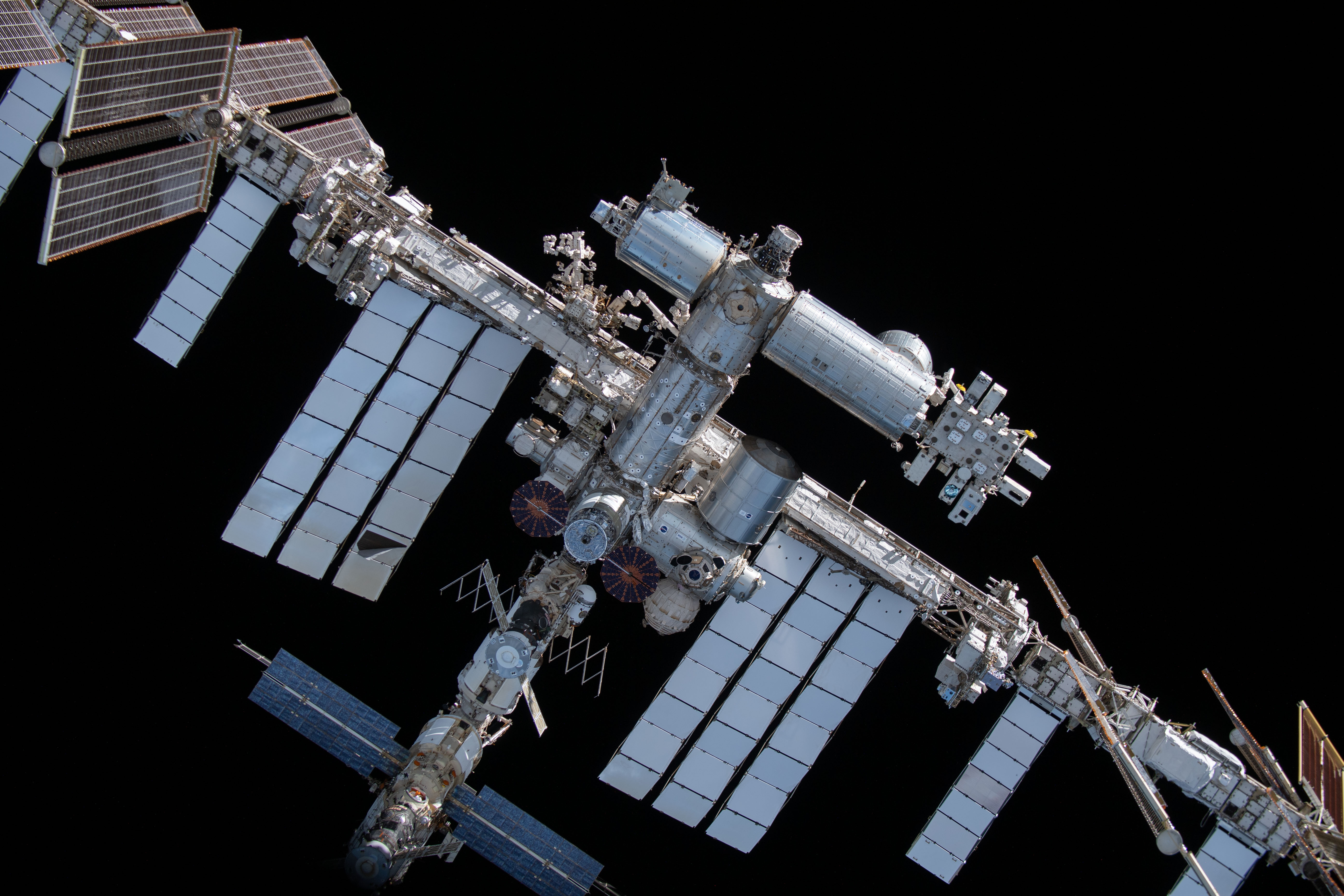Cosmic Breakthroughs: ISS Researchers Unveil Groundbreaking Discoveries in Zero-G

For a quarter-century, NASA and its global scientific allies have transformed the International Space Station into a groundbreaking orbital laboratory, pushing the boundaries of human knowledge and international cooperation. Since its inception, the space station has served as a remarkable platform for cutting-edge research, bringing together brilliant minds from around the world to conduct extraordinary experiments that advance our understanding of science, technology, and human potential in space.
This remarkable orbiting research facility has become a symbol of collaborative scientific achievement, where researchers from multiple nations work side by side to unravel the mysteries of space, human physiology, and technological innovation. Through thousands of scientific investigations spanning disciplines from biology to physics, the International Space Station continues to be a testament to what humanity can accomplish when we unite our intellectual resources and explore beyond our planetary boundaries.

